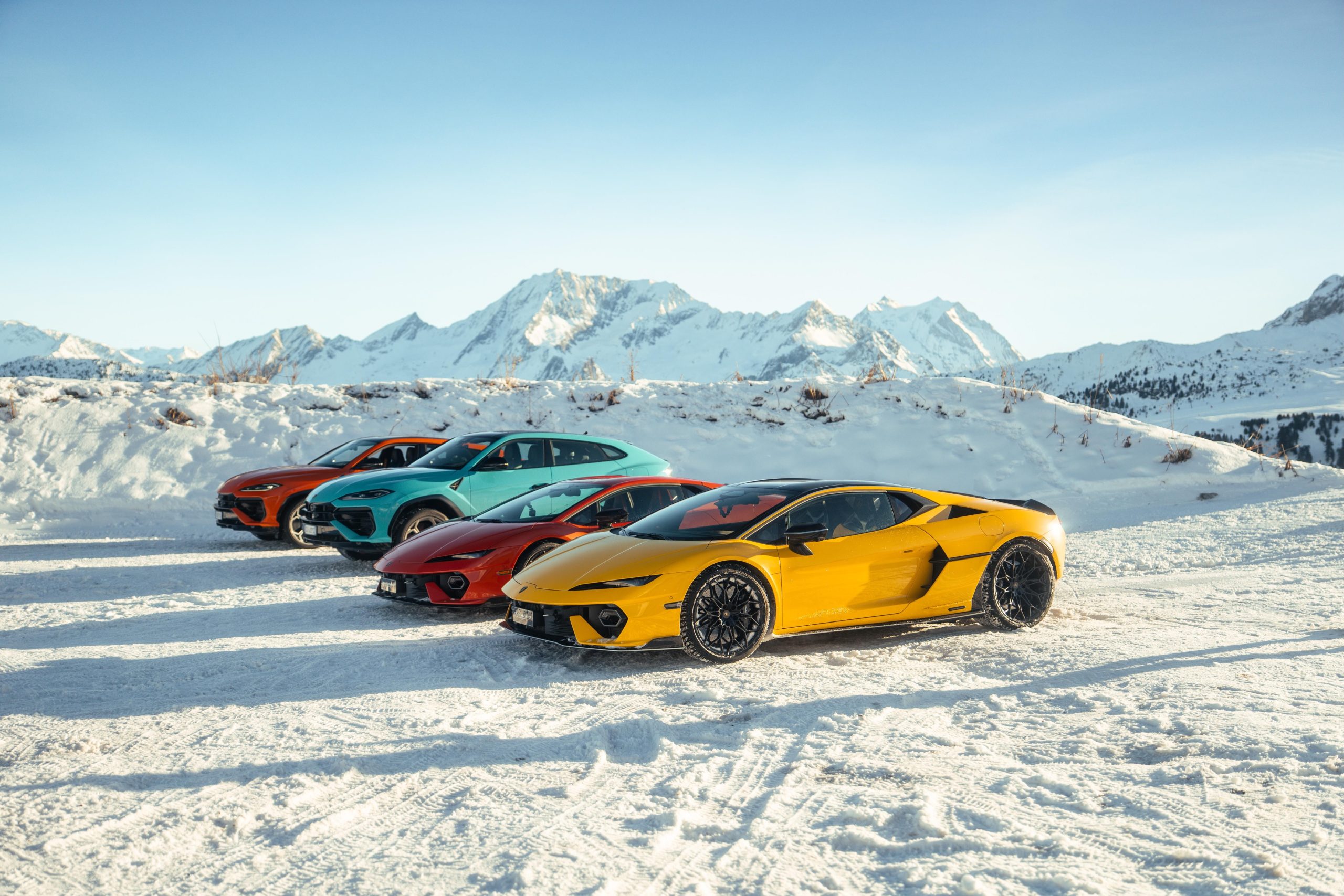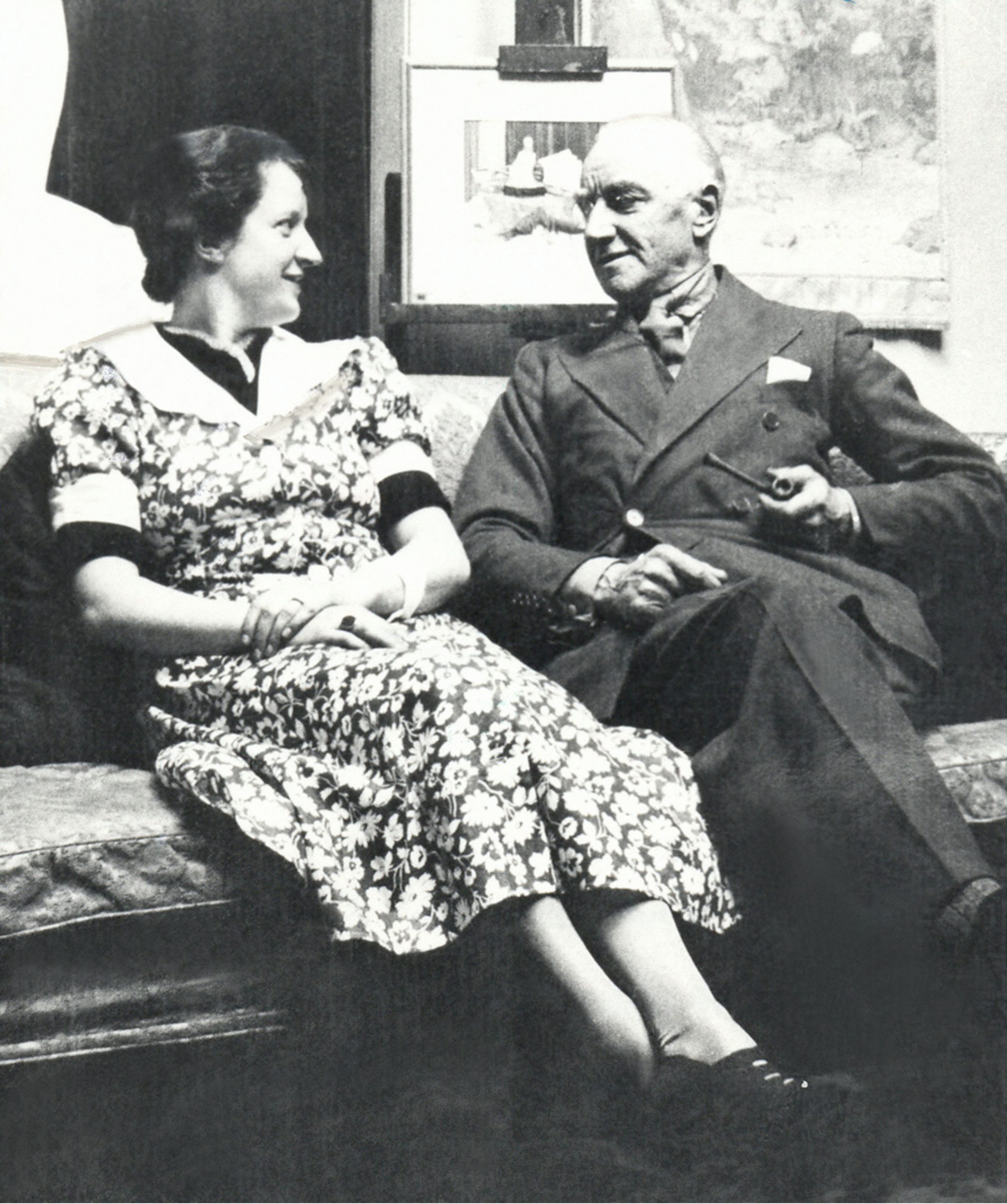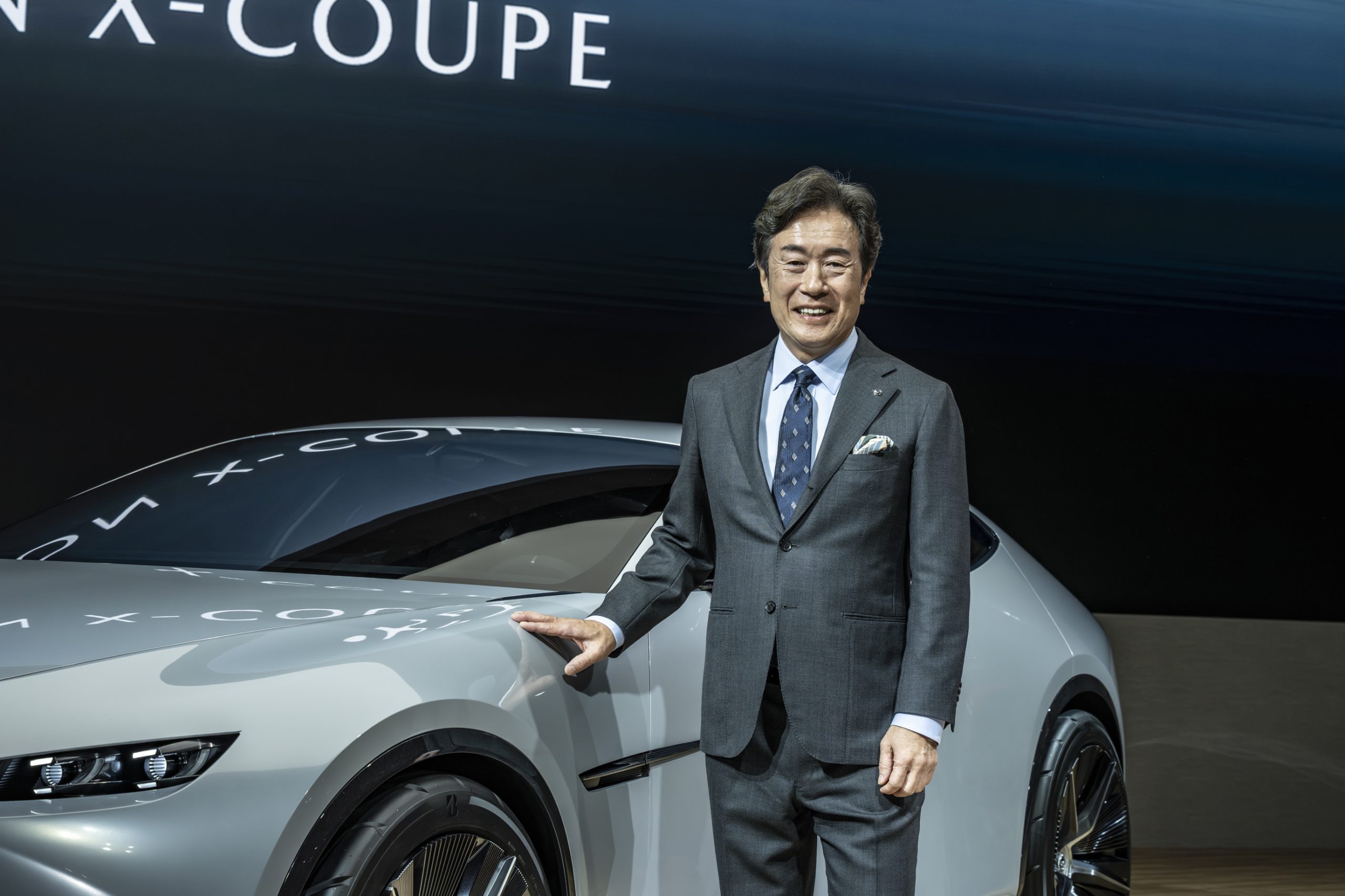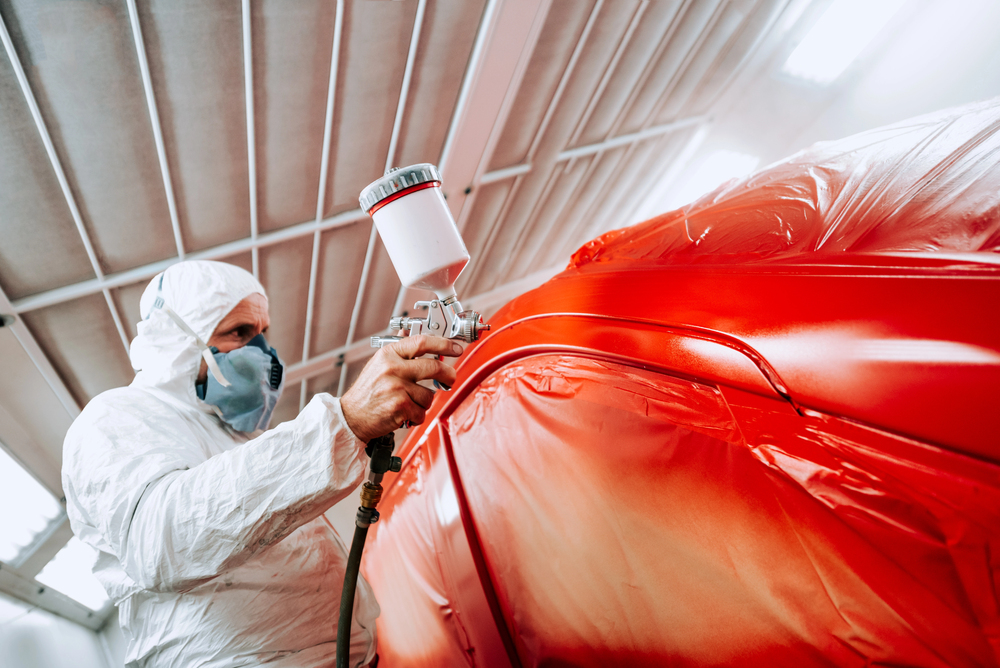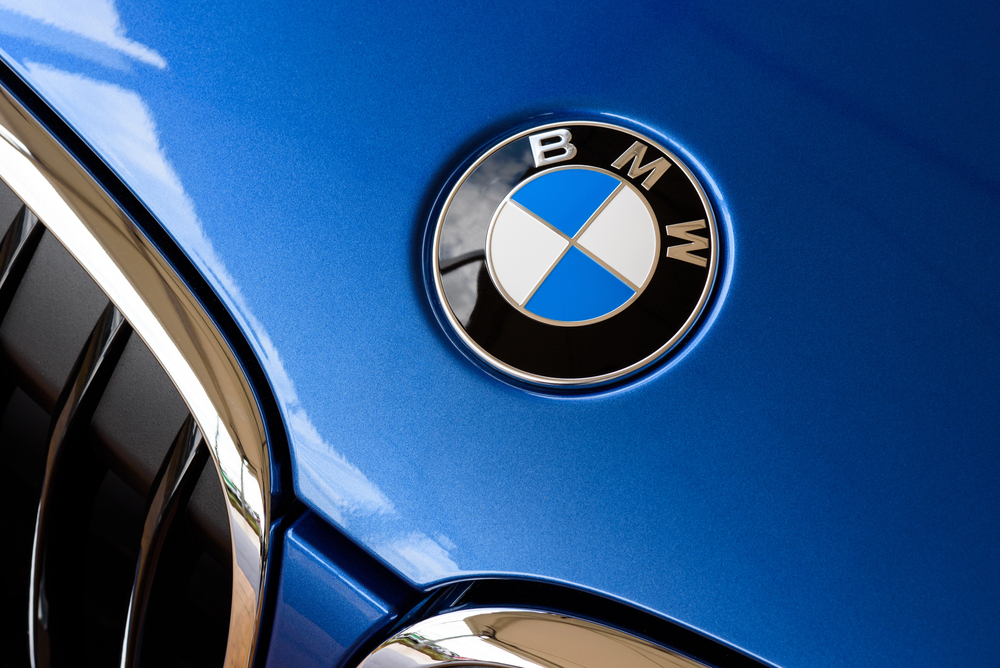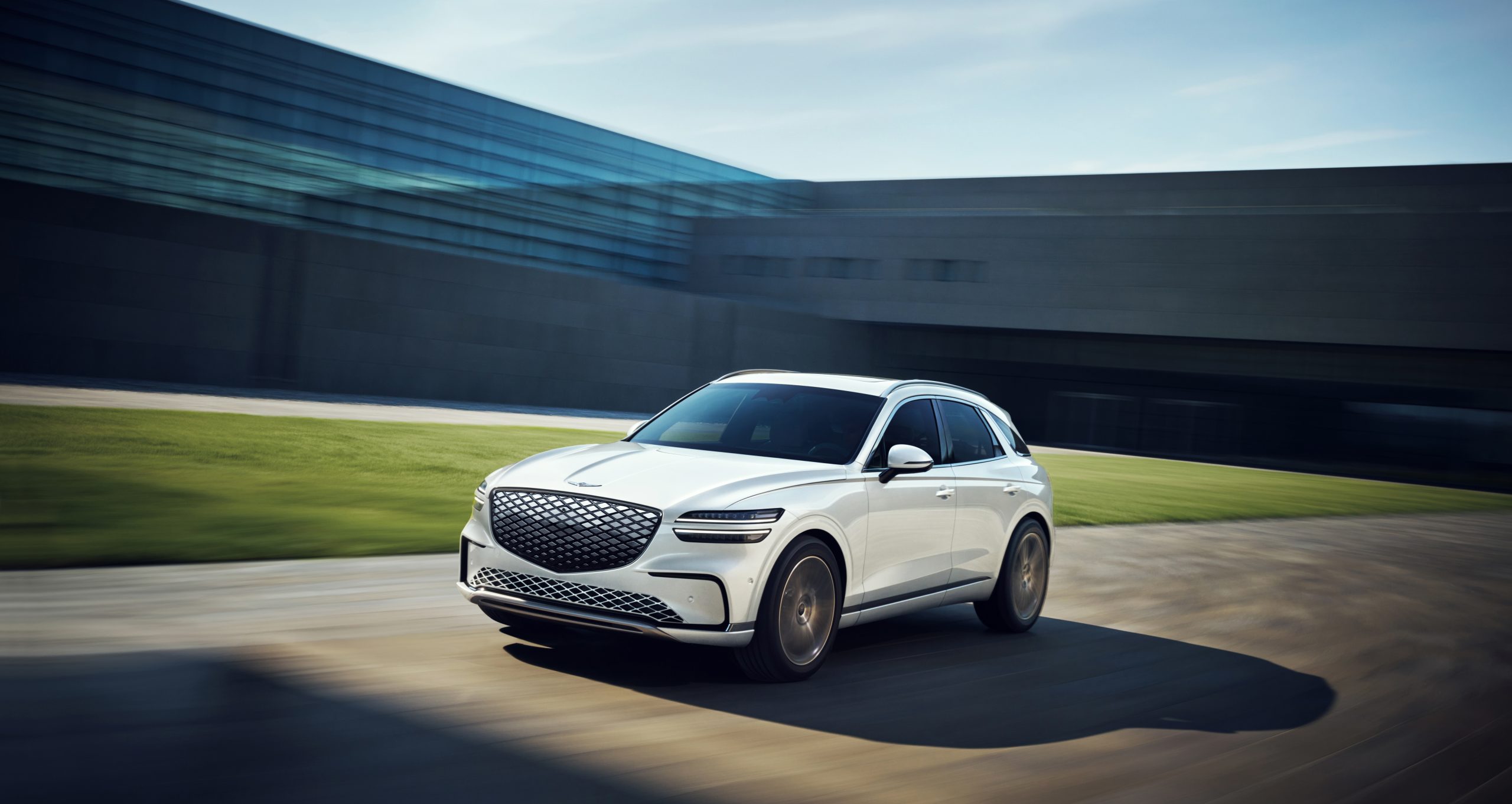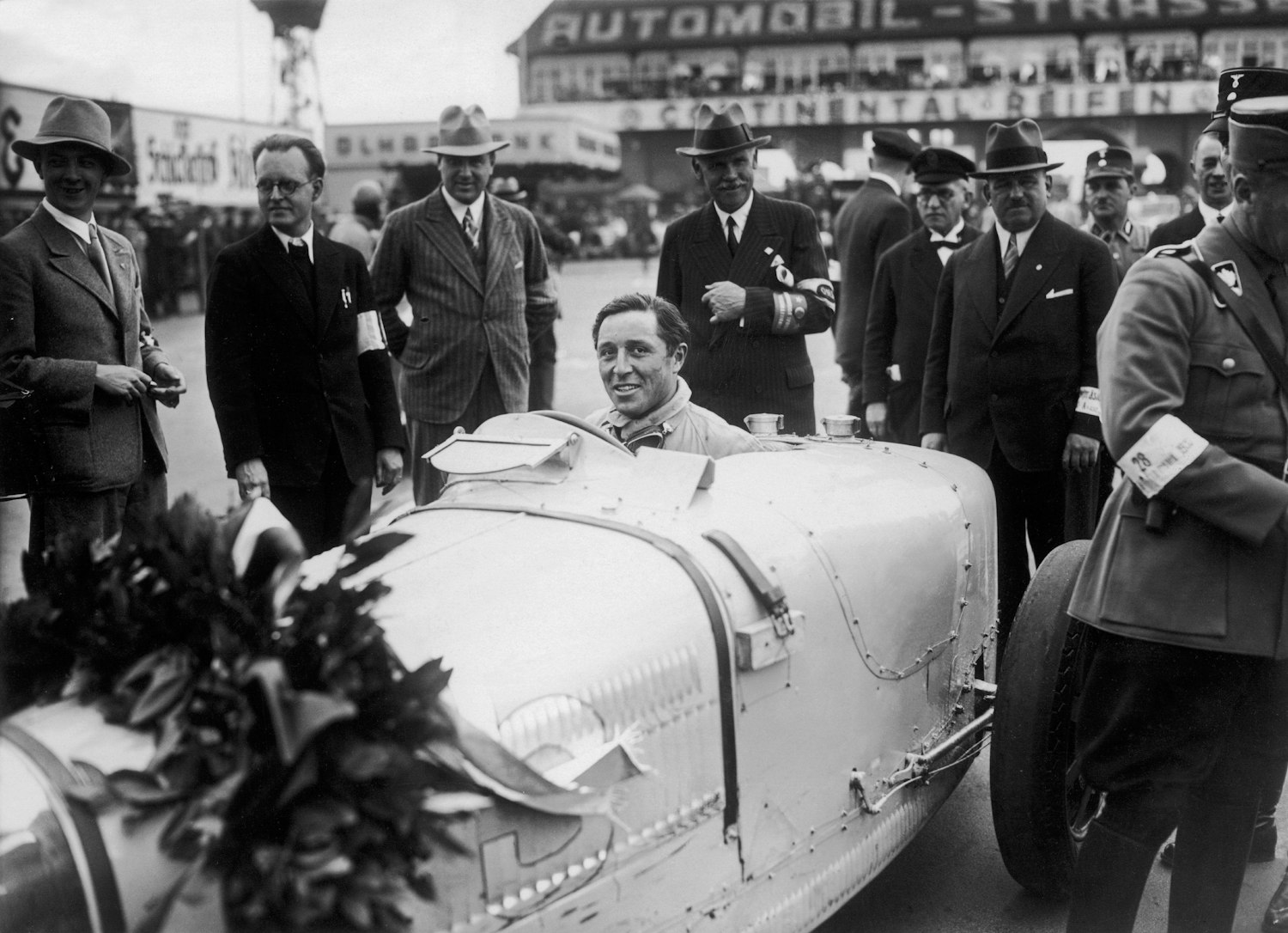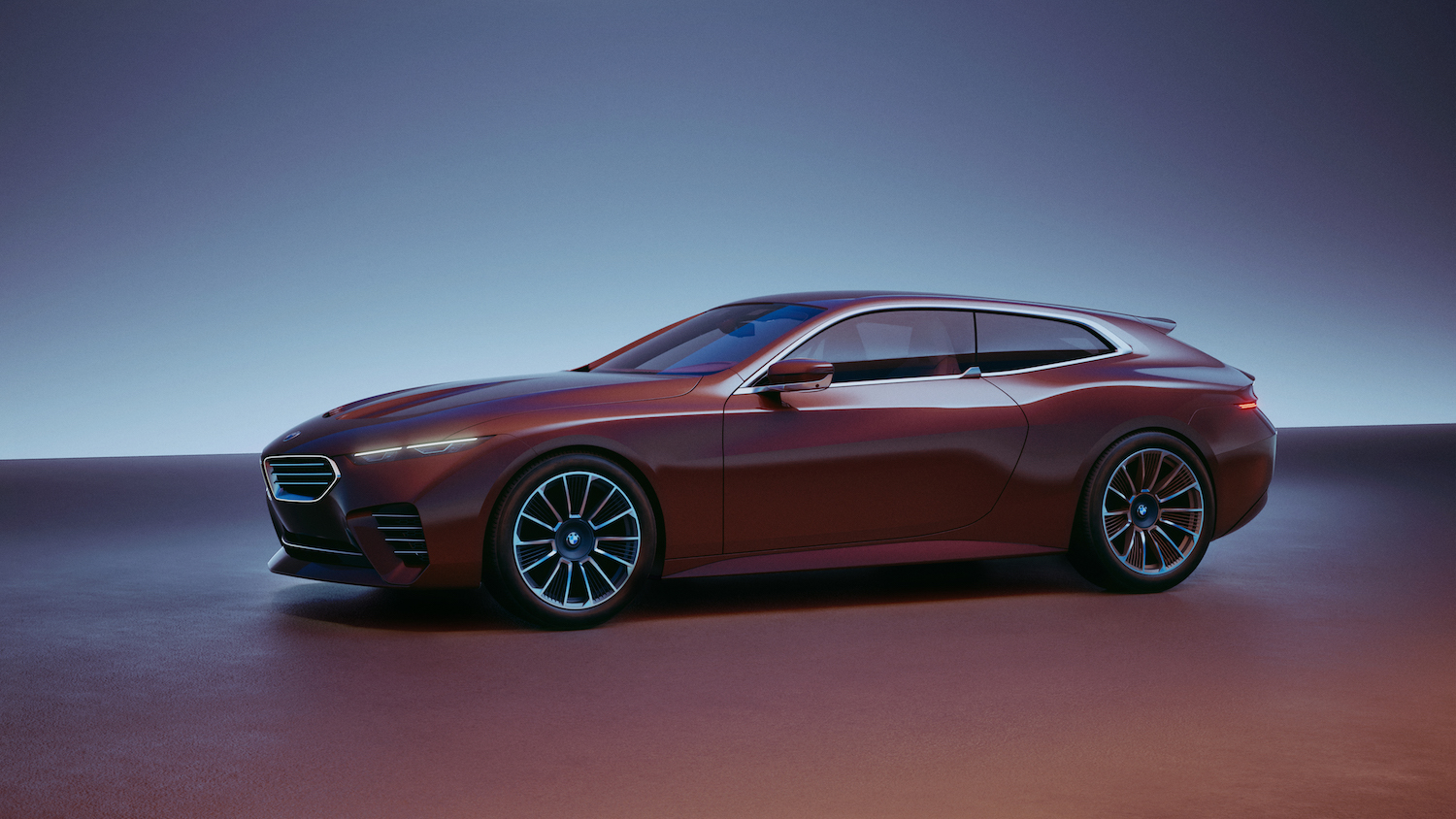Just for U.S.: BMW of North America Creates Special Models with Enhanced Enthusiast Appeal
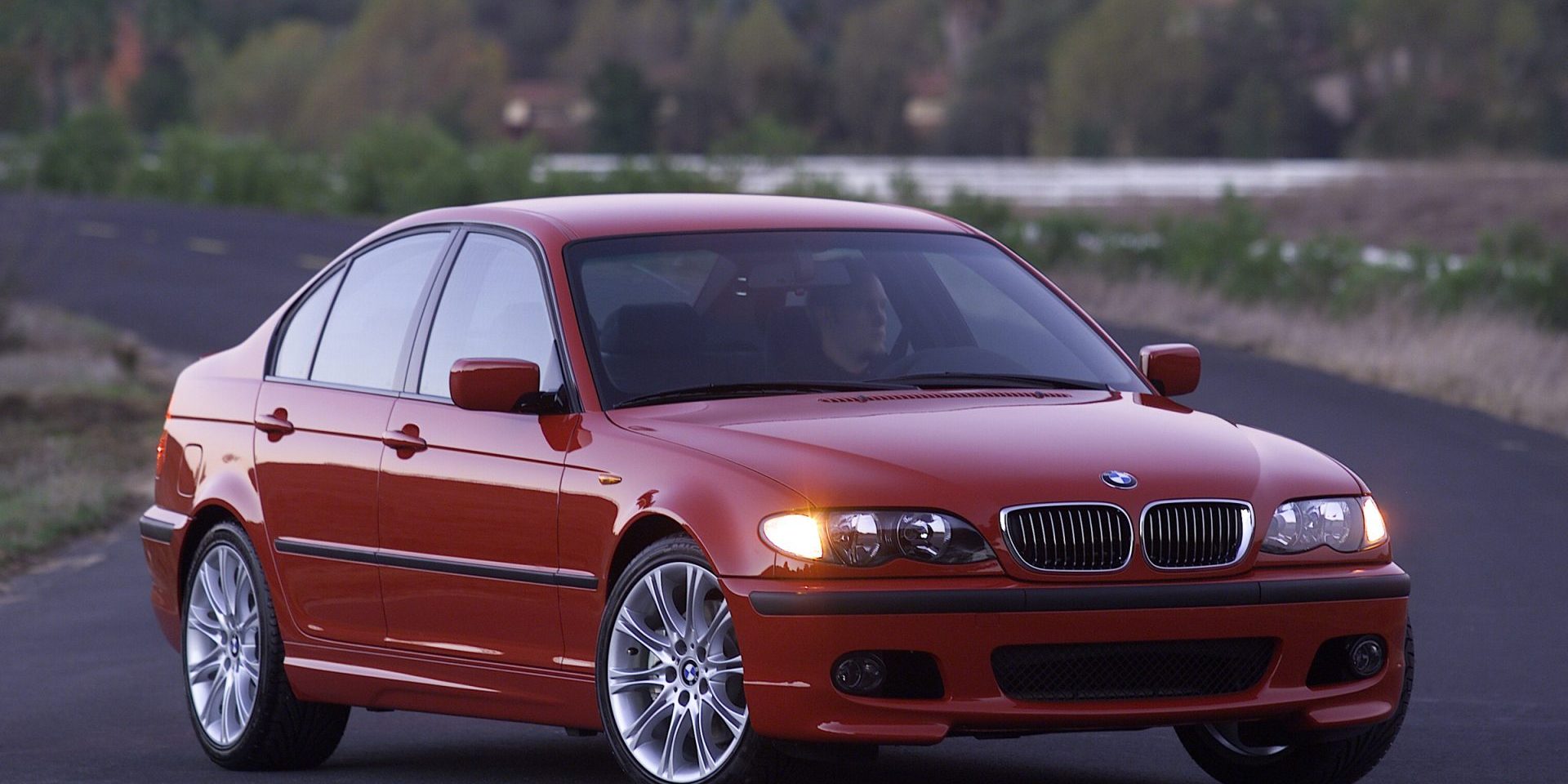
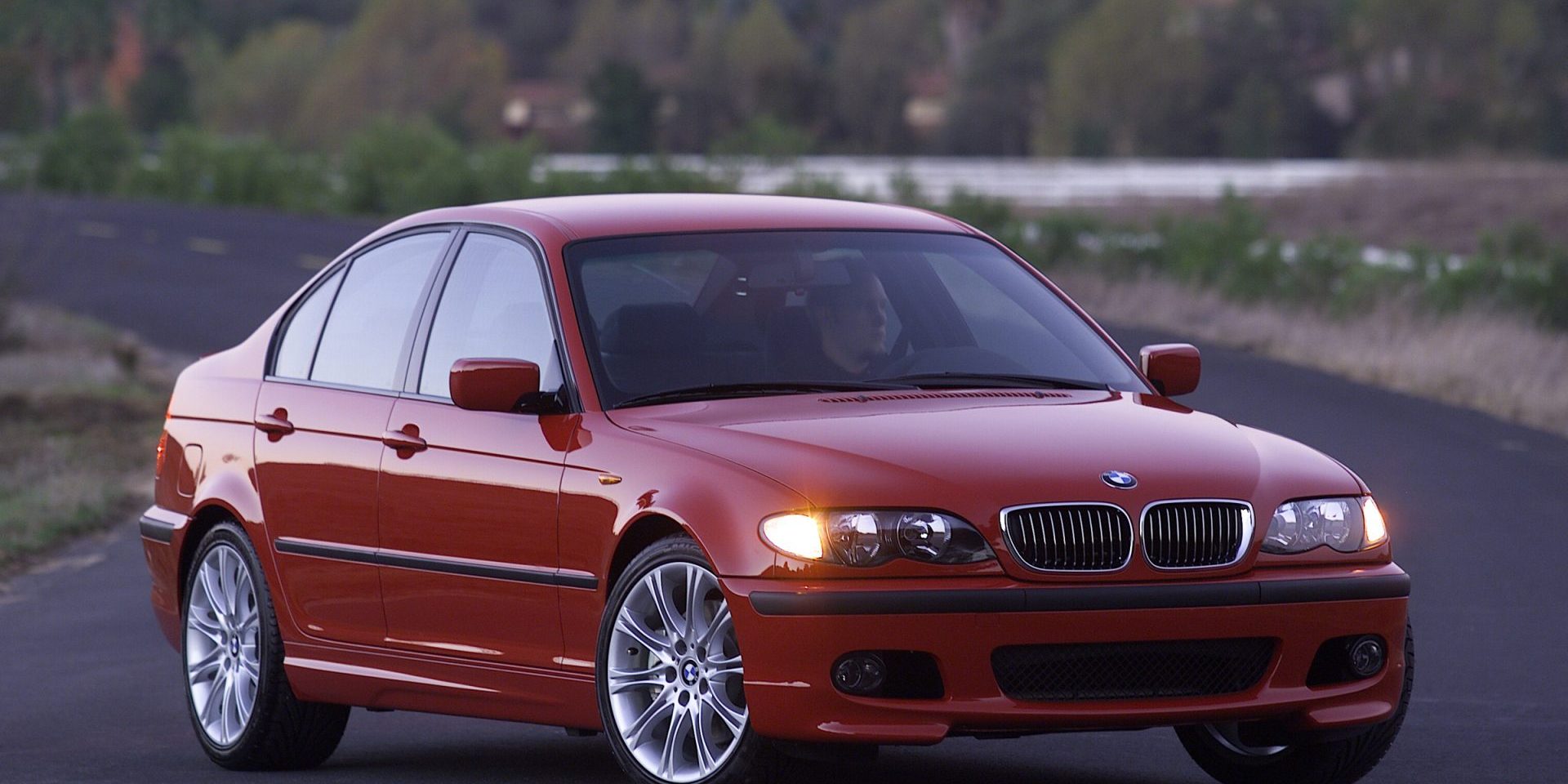
BMW of North America’s customers have always been more performance-minded than their counterparts in other markets, but the cars sold here haven’t always been as performance-oriented as those customers might have liked. In the 1970s and ’80s, strict U.S. crash and emissions standards ensured that cars sold here were heavier and less powerful than their counterparts in Europe, which saw U.S. enthusiasts turn to the so-called “grey market” in order to get BMW’s highest-performing models. Today, crash and emissions standards are much more uniform worldwide, but that doesn’t negate the cost to federally certify a car for sale. That cost needs to be absorbed into the business case for every model, and it can prevent some of BMW’s most alluring cars from reaching the U.S. market.
Despite those challenges, BMW of North America’s product planners have always looked for ways to bring exciting cars to their customers, and to create limited-production models aimed squarely at performance enthusiasts. The first of these, however, nearly killed the prospects for special editions altogether.
The car in question came into being in 1995, shortly after BMW NA convinced BMW M to create a U.S.-only version of the E36 M3 coupe that could be priced at $35,800—about $16,000 less than the model commanded in Europe. Within a year of its release, the U.S.-spec E36 M3 coupe sold so well that the U.S. became the largest market for M cars worldwide. That gave BMW NA the clout to commission a U.S-only M3 sedan from 1996, an M3 convertible from 1998, and an optional automatic transmission in all three body styles.
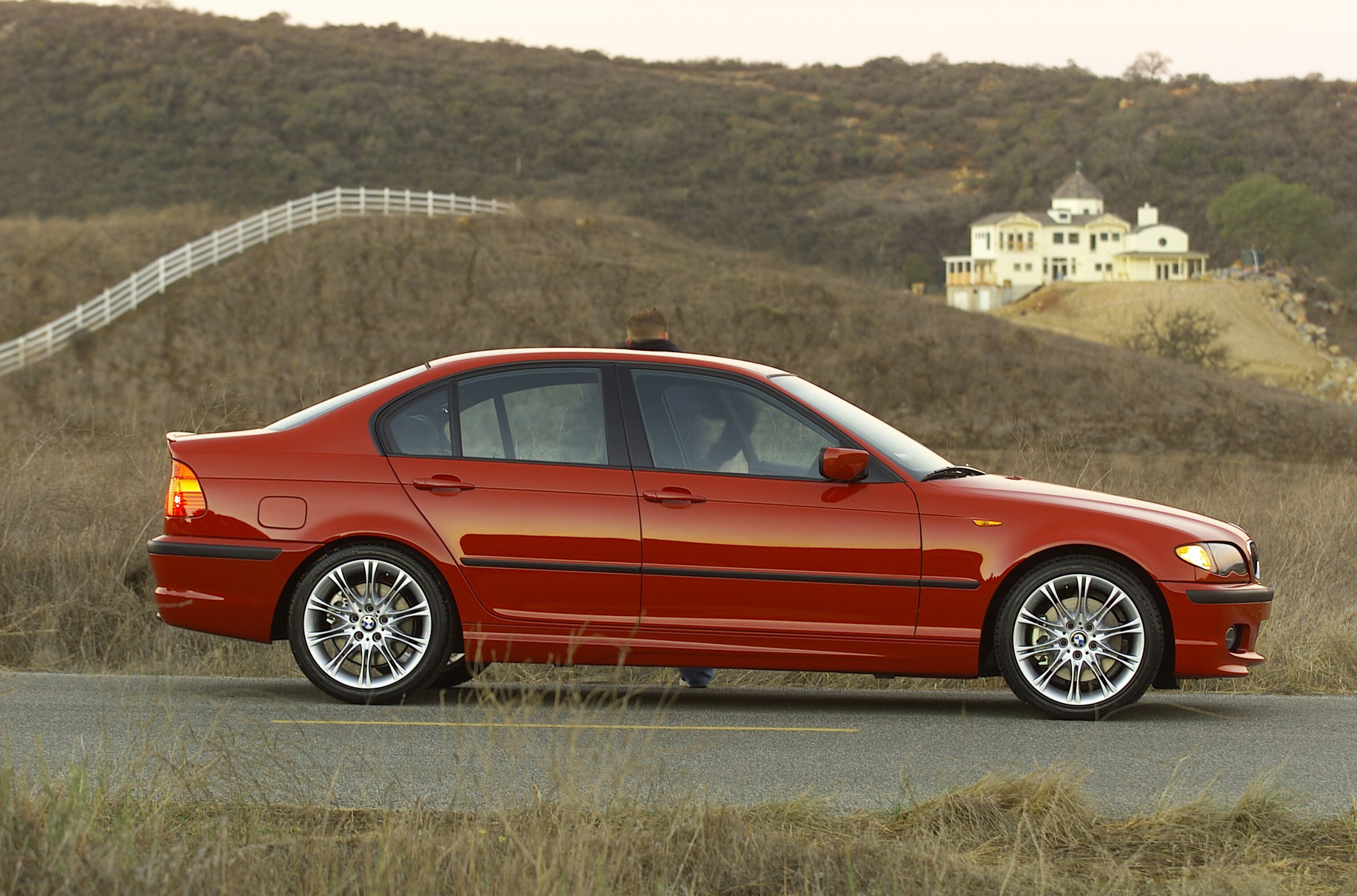
It also prompted BMW of North America to create a customer-racing version of the E36 M3 that could be campaigned in IMSA in the “showroom stock” class with few modifications. “The M3 has all the right bones, so let’s produce a limited-volume lightweight version that people can race in the IMSA Firehawk series right off the showroom floor,” said BMW NA’s then-Motorsport and M Brand Manager Erik Wensberg. “We went to Munich and asked if they could build 100 cars with no radio, no air conditioning, aluminum doors instead of steel, a shorter final drive, etc. They said no problem.” With less standard equipment, the M3 Lightweight undercut the weight of a standard M3 coupe by some 225 pounds. Its price, however, was significantly higher at $49,000, with the excess profits used to fund BMW NA’s racing program.
Production of the M3 Lightweight was set for the fall of 1994, which would give racers plenty of time to prep their cars before the start of the 1995 IMSA season in January. “BMW Motorsport called me in November [1994] and said we have a little hiccup, and we’re going to produce your cars next October [1995],” Wensberg said. To salvage at least some of the Lightweight’s competition potential, he persuaded BMW Motorsport to build ten pre-production examples in January and February of 1995, followed by one more in April. A further 115 production Lightweights would be built between August and October of that year. “By then, the season was over, and the car was a complete bomb,” Wensberg said. “The head of sales, Peter Moore, said, ‘Erik, the Lightweight’s a friggin’ wipeout. I’ve gotta put money in every trunk just to get rid of them. Don’t talk to me about special models anymore.’”
Along with “money in the trunk,” i.e. price incentives, the Lightweight’s trunk contained several parts that could be installed by owners for track use: a taller rear wing, a Motorsport oil pan, and a dual-pickup oil pump that would prevent cavitation under hard cornering. Unfortunately, none of these parts were DoT certified for road use in the U.S., and the taller rear wing blocked the third brake light. “If customers put these ‘race parts’ on the car, the warranty would be void, and customers didn’t really like that,” said Rich Brekus, then BMW’s Head of Product Planning and Strategy.
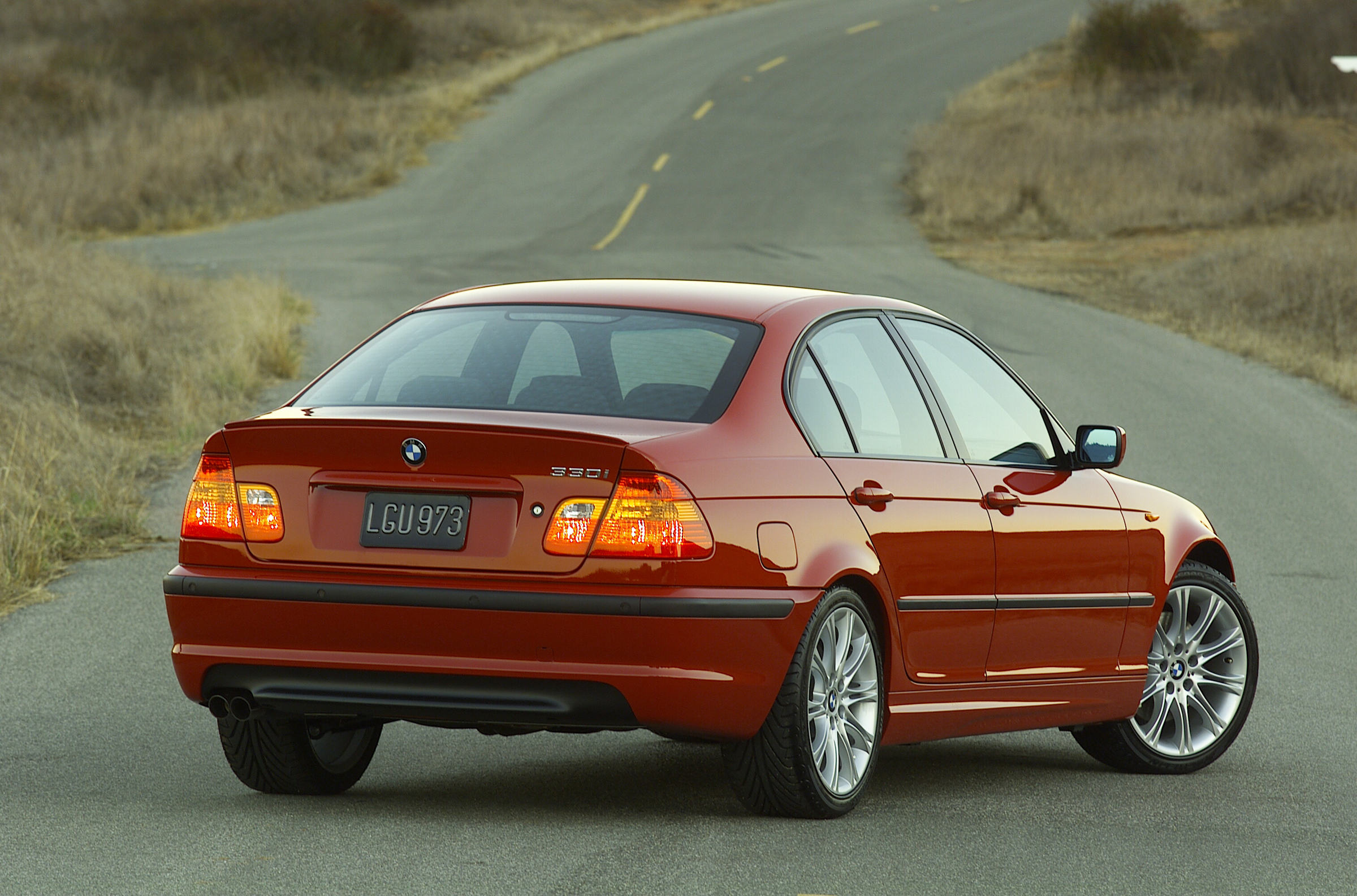
Combined with the production delays, those issues turned the M3 Lightweight into something of a disaster within BMW NA, and they curtailed the company’s enthusiasm for special editions—at least until the Lightweight came to be seen a cult classic after it was popularized by Fast & Furious star Paul Walker.
A few years after the Lightweight had bombed so spectacularly, BMW NA’s product planners began to contemplate new ways to bring higher-performance cars to U.S. enthusiasts—not as discrete models, but as reasonably priced option packages. “We started by offering Sport Packages on just about everything, including the 1999 E38 740i,” Brekus said. “The fight to get Sport on the E38 was incredible. [BMW NA president] Vic Doolan agreed with me, but Munich thought we were crazy. We ended up getting a 40 percent take rate on the 740i Sport, and that made us pretty confident. When BMW M decided not to offer an E46 M3 sedan, we said, ‘Okay, we have to do something.’”
That “something” was the 2003 E46 330i ZHP, in which the suffix stood for Z High Performance. For just $3,900 on top of the 330i’s $35,495 base price, the ZHP option equipped the car with a number of exclusive features: 18-inch M Double Spoke wheels; Silver or Black Cube interior trim; Alcantara upholstery on the seats, shift boot, e-brake handle, and steering wheel; M-Technic aerodynamics; a shorter illuminated shifter and the option of Imola Red paint previously exclusive to the M3.
More interestingly, ZHP equipped the 3.0-liter M54 six-cylinder engine with higher-lift camshafts, revised intake and exhaust systems, and a 300-rpm higher redline. The end result was 235 horsepower and 222 pound-feet where the standard M54 made 225 horsepower and 214 pound-feet. ZHP cars also got a lightweight flywheel, a six-speed transmission (exclusive to the ZHP among non-M E46s), and a shorter final drive ratio, all of which reduced zero-to-60 mph acceleration from 6.4 to 5.9 seconds. ZHP cars also got a faster 13.7:1 steering rack ratio and near-perfect suspension—revised springs and dampers, firmer bushings, and stiffer anti-roll bars—developed by M chassis guru Bernd Limmer. “All that stuff was released through BMW individual,” Brekus said. “We could put together a proposal, take those parts that had already been released, put them together in a package and bring them to the U.S. Stuff that was $20,000 in Europe was $4,000 over here.”

U.S. enthusiasts recognized a good deal, and a great car. So many checked the box for the ZHP option that BMW NA extended it to the 330Ci coupe and convertible, giving a broader range of 3 Series enthusiasts access to this truly transforming suite of upgrades. “The 330i ZHP was so nicely balanced and so nice to drive,” Brekus said, “and the passion people had for that car was incredible.”
Cars like the 740i Sport and the 330i ZHP proved popular, but they didn’t quite make up for the absence of the E46 M3 CSL, a truly exotic lightweight conceived by Dr. Burkhard Göschel. With composite materials used for the car’s bumpers, roof, and seat backs, the CSL wasn’t street-legal in the U.S., and its $96,000 price tag would have made it a tough sell in any case. Nonetheless, Brekus and Larry Koch, then BMW NA’s M Brand Manager, were determined to bring as many of the CSL’s features to the U.S.-spec M3 as they could, and to offer them at a reasonable price.
In 2005, they created the E46 M3 ZCP, in which the suffix stood for Z Competition Package. Commanding $4,000 on top of the M3’s base price, the ZCP option started with the CSL’s lightweight 19-inch Double Spoke wheels and track-suitable Michelin Pilot Sport tires, backed by larger-than-standard brakes with cross-drilled iron rotors attached to aluminum hats by steel pins that allowed them to “float.” The ZCP also got a steering rack with a faster ratio (14.5:1 rather than 15.4:1), and a steering wheel wrapped in grippy Alcantara. Like the 330i ZHP, the M3 ZCP was available in an exclusive color: Interlagos Blue. The M3 ZCP heralded a new age of electronic adjustability with M Track Mode, a more liberal setting for Dynamic Stability Control, and it premiered the “enhanced” suspension calibration that became standard on all M3s in 2005. Similarly, the Competition Package itself was such a hit that BMW began offering it worldwide on subsequent M cars. Five years after the debut of the M3 ZCP, BMW of North America created a special version of the 335i coupe that revived the beloved “is” suffix used to denote the sport version of 3 and 5 Series cars in the 1980s and ’90s. Regardless of the model in question, “is” designated the presence of sport seats, a sport steering wheel and shift knob, stiffer suspension, front and rear spoilers, and racing-style wheels.
Introduced for the 2011 model year, the E92 335is coupe was equipped with the contemporary equivalent of all those parts. Unlike the earlier “is” models, it featured a significant power upgrade, too, thanks to the clever use of an engine at the tail end of its production cycle. While the standard 335i was updated for 2011 with the new single-turbocharged N55 six-cylinder engine, the 335is stuck with the older but twin-turbocharged N54, here with an exclusive new exhaust system and revised settings for the Digital Motor Electronics and turbocharger. Those modifications yielded 320 horsepower and 332 pound-feet, a discernible difference over the N55’s 300 horsepower and 300 pound-feet even before the overboost function upped torque output to 370 pound-feet. To handle the extra power, the 335is was equipped with extra-stiff engine mounts, an additional radiator and a more powerful cooling fan, an oil cooler, and larger air inlets in the front bumper. It also got a more robust clutch ahead of the six-speed manual transmission, which track-oriented enthusiasts could swap for the seven-speed Dual Clutch Transmission (DKG 436) borrowed from the E9X M3. With DCT, the 335is could scoot from zero to 60 mph in just 5.0 seconds—a full 0.5 second faster than a standard 335i with an automatic.
From 2011 to 2012, BMW of North America sold some 4,500 examples of the 335is, and many more of the Z4 sDrive35is and 1 Series M Coupe that also used the high-output N54 engine.
Special editions had long been used to boost sales as a model aged, and that was particularly true of the M cars that normally sell in their highest volumes when first launched. That doesn’t bode well for cars that launch during a financial crisis, as the E9X M3 did in 2008. To compensate for slow initial sales, BMW offered an unprecedented number of E9X M3 special editions to maintain customer interest. Most of these were created for a single market, like the M3 Tiger Edition offered only in China for 2010 or the three Pure Editions sold in Australia and New Zealand from 2010 to 2013.
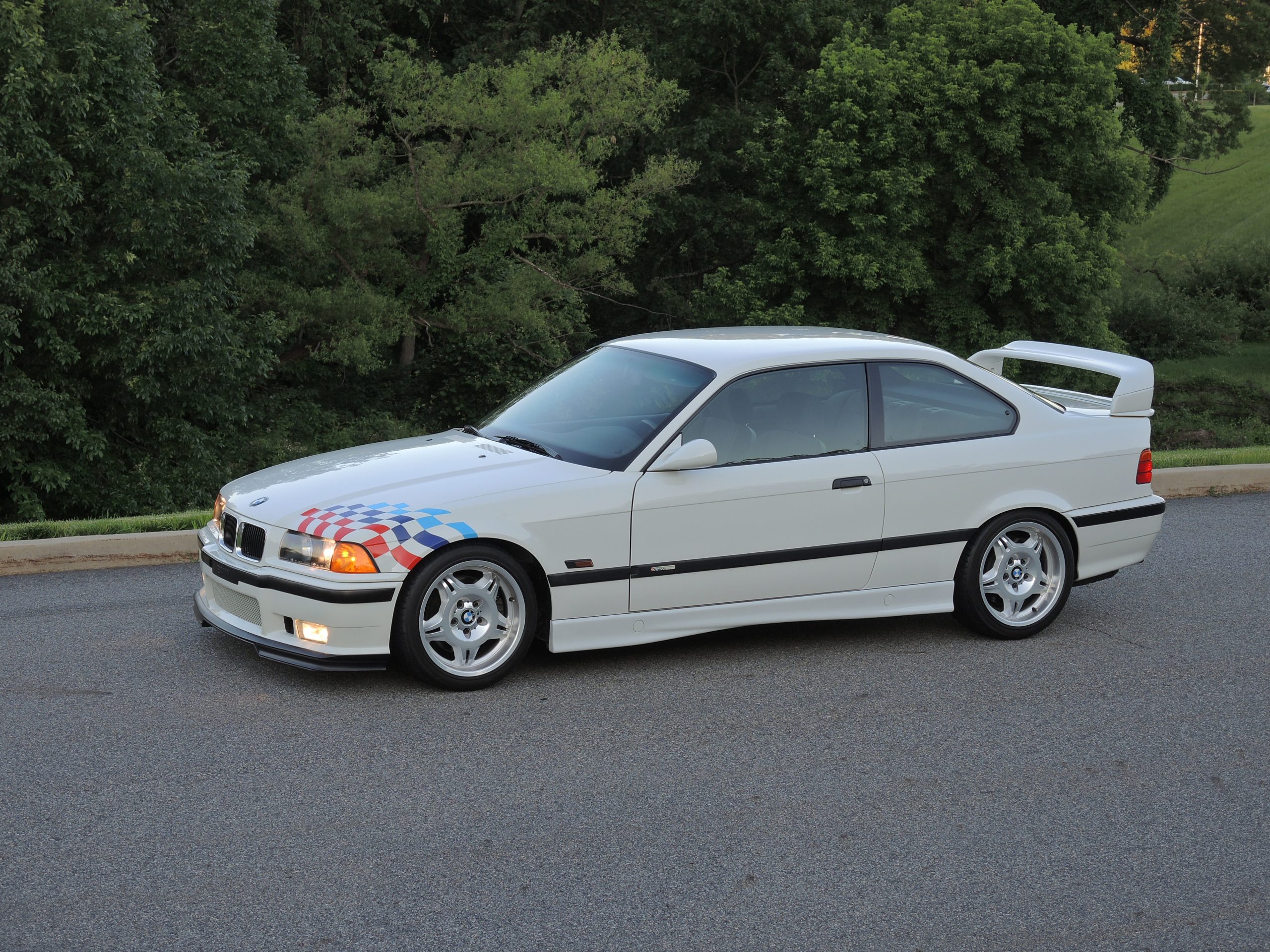
In the U.S. market in 2010, 30 lucky customers were able to purchase a Frozen Grey M3, which combined the Z Competition Package with M-DCT, matte paint, and a two-tone interior. As cool as that was, it paled in comparison to what BMW NA’s M Brand Manager Matt Russell had in store for 2013, the last year of E92 M3 production. Russell worked with legendary racer/instructor Skip Barber, then the owner of Connecticut’s Lime Rock Park raceway that has long been considered BMW NA’s home track. Together, Russell and Barber specified an M3 coupe chock full of exotic parts, and with a track-oriented focus worthy of Lime Rock Park itself. The 2013 E92 M3 Lime Rock Park edition was equipped with a BMW M Performance exhaust made of Inconel and titanium, just like that of the McLaren F1. The exhaust didn’t liberate any power beyond the S65 V8’s 414 horsepower and 295 pound-feet, but it was 40% lighter than stock and sounded fantastic. BMW M Performance also contributed the LRP’s carbon fiber front splitters, rear lip spoiler, and the Alcantara-wrapped steering wheel with a blue index stripe. All of those parts—and the rear-side window sticker with a map of the Lime Rock track —were installed at U.S. ports rather than in Munich. “The Aftersales department moved heaven and earth to hand-finish the LRP cars, and I was terribly proud of that collaboration,” said Russell.
In addition to those LRP-specific features, the car was equipped with the M3’s Competition Package: 10mm lower ride height, modified software for Electronic Damper Control’s Sport mode and DSC, a sharper steering rack, larger brake rotors, and 19-inch cross-spoke wheels with wider tracks. As a U.S. model, the car was available with a seven-speed M-DCT or the six-speed manual gearbox, that proved more popular in the Lime Rock than in E9X M3s overall. To ensure that all of those features worked in harmony, Barber tested the car himself at Lime Rock Park, joined by BMW factory driver Bill Auberlen for a full day on track in 2012. The LRP needed a special color to go with its high-performance equipment, and BMW M in Munich suggested Valencia Orange metallic. A “proof of concept” prototype was painted Valencia Orange, but that color had been offered as an exclusive option on the 1 Series M Coupe, as BMW NA’s legal department pointed out. Russell was forced to find another color, and he chose Fire Orange in consultation with several colleagues and BMW NA’s Product Committee. Offered first on the track-oriented M3 GTS offered in Europe, Fire Orange made a bold statement about the LRP’s high-performance character, and it provided a dramatic contrast to the car’s carbon fiber roof, Anthracite/Black interior, and the optional Jet Black wheels that adorned some 38 LRP cars.
BMW built just 200 of these cars for the U.S. market in September and October 2012, each with a plaque identifying it as “ONE of 200 M3 Lime Rock Park Editions.” At a base retail price of $70,350, the car commanded only a modest $7,500 premium compared to a standard Competition Package M3. Today, a well-kept, unmodified Lime Rock Park edition sells for nearly twice its original MSRP, while a low-mileage E36 M3 Lightweight sells for five times its price in 1995. These special BMWs might have been a tough sell when new, but they have longstanding enthusiast appeal as well as long-term value.
Over the last few decades, BMW of North America has steadily expanded the number of enthusiast-oriented, special-edition cars in its lineup, though the cost of federal certification prevents low-volume, coach built models like the 3.0 CSL and Skytop from being sold in the U.S. Nonetheless, BMW NA brought the track-ready M4 GTS to the U.S. in 2016, and in 2025 offers high-performance CS versions of the M2, M3, M4, and M5 as well as the manual-transmission Z4 Roadster known as the Handschalter. These cars will never appeal to the majority of BMW customers, but neither are they meant to. They’re special cars, aimed at the most dedicated BMW enthusiasts of today…and tomorrow.
If you enjoyed this article, be sure to follow us on Microsoft Start.

